How to Get Instant Delta Status From 2 Credit Cards
8 min readBack in the days of old, earning elite status meant spending countless hours per year flying with a given airline. Now, it mostly boils down to the almighty dollar and how much you’re willing to spend … either on airfare or with a co-branded credit card.
That’s especially true for Delta after the airline’s unpopular overhaul of its elite status program made getting top Delta status harder and more expensive. But in some ways, Delta also made earning status even easier. Thanks to the new MQD Headstart benefit available to those with a *delta skymiles platinum card* or *delta reserve card* (or the business versions), you can get instant Silver Medallion Status just by holding two (pricey) credit cards.
On paper, that sounds like a pretty sweet deal. While the best elite benefits are reserved for Delta’s top-tier Platinum and Diamond Medallion members, Silver status comes with a handful of beneficial perks like priority check-in, free checked baggage, priority seats at booking, and a chance at complimentary upgrades to Comfort+ and first class. But holding holding two Delta cards (and paying hundreds in annual fees) won’t make sense for every traveler.
Let’s take a look at how to earn instant Delta status from two credit cards and whether it’s the right move for you.
Earning Delta Medallion Status With Credit Cards
Last year Delta caused an uproar with its unpopular Sky Club and Medallion Status changes, significantly raising the requirements to earn status. Earning status these days is all about spending with Delta – and Delta measures that using Medallion Qualifying Dollars, or MQDs.
Here’s how many MQDs you’ll need to earn for each level of status.


That’s right: You need to spend $5,000 a year with Delta just to earn the lowest-level Silver status … and a whopping $28,000 annually for the top-tier Diamond Medallion status. That’s up considerably from just a year ago.
Read more: Is Delta Status Really Worth It? All About Delta Medallion Status
But in some ways, the Atlanta-based airline actually made earning low-level elite status easier than ever before. To soften the blow of higher spending requirements, Delta threw its top-tier co-branded credit cardholders a bone by adding a new MQD Headstart benefit. With this added perk, SkyMiles Platinum and Reserve cardholders get 2,500 MQDs each and every year.
Have both a Platinum and Reserve card? You’ll start the year with 5,000 MQDs and automatic Silver Medallion status … before ever stepping foot on an airplane or spending a dime with Delta.
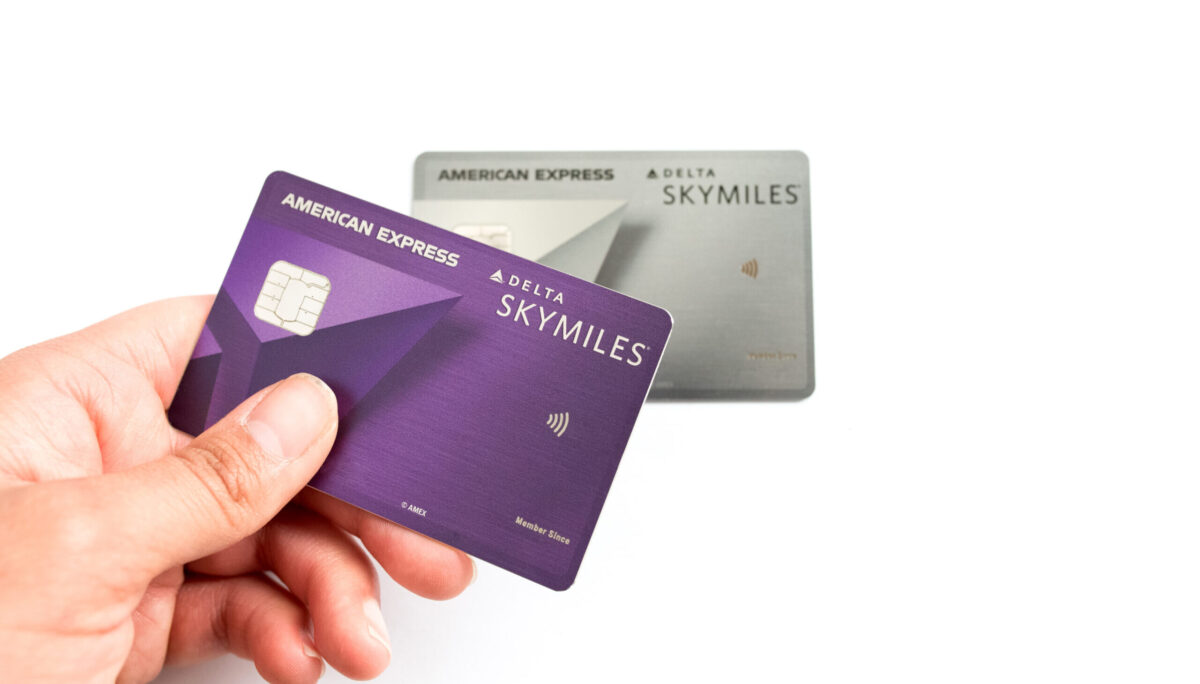

And this benefit applies to the $350 per year (see rates & fees) *Delta Biz Platinum* and the $550 (see rates & fees) *Delta Biz Reserve* as well. Since it’s possible to hold one of each Delta card at the same time, you could theoretically earn 10,000 MQDs per year through credit cards and qualify for instant Gold Medallion status. Whether or not you should is an entirely different question..
Just know: The no-annual-fee (see rates & fees) *delta blue* and the $0 introductory annual fee, then $150 per year (see rates & fees) *delta skymiles gold* do not include this MQD Headstart benefit. That means you’ll need to shell out $700 per year (or more) in order to earn instant elite status through SkyMiles credit cards alone.
What You Get with Delta Medallion Status
At the lower levels of Delta status, you shouldn’t expect much in the way of high-end benefits. While having any level of elite status will technically put you in the queue for complimentary upgrades to Delta Comfort Plus or first class, these have gotten fewer and farther between – even for top-tier elites.
Having said that, low-level status can still pay dividends for semi-frequent Delta travelers who wouldn’t earn it through flying alone. With Silver (or Gold) status, you’ll earn more redeemable SkyMiles on paid flights and get access to priority check-in and boarding, as well as free checked baggage.
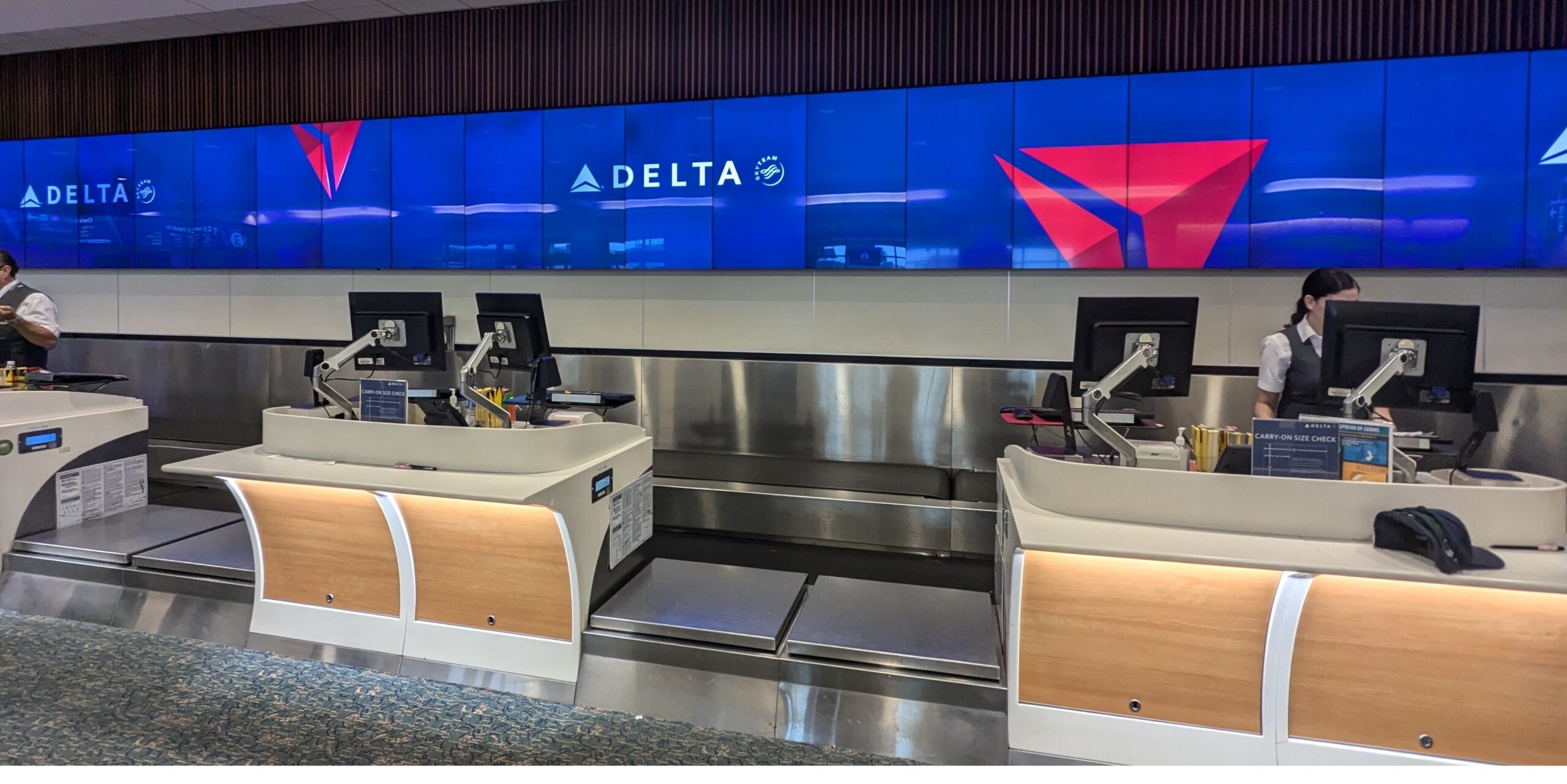

Perhaps the biggest benefit to these lower status levels, though, is access to preferred seating at booking – including exit rows. You’ll also be able to move to Comfort Plus if there are any open seats within 24 hours of departure and of course, have a shot at a last-minute upgrade to first class.
When you reach Platinum and Diamond Medallion status, things start to change in a big way. At these status levels, you’ll get an annual choice benefit (or several of them) which includes upgrade certificates. Platinum Medallion members can choose four regional upgrade certificates, while Diamond Medallions can pick those upon reaching Platinum status and then get even more regional or global upgrade certificates (among other options) at the Diamond Medallion level.
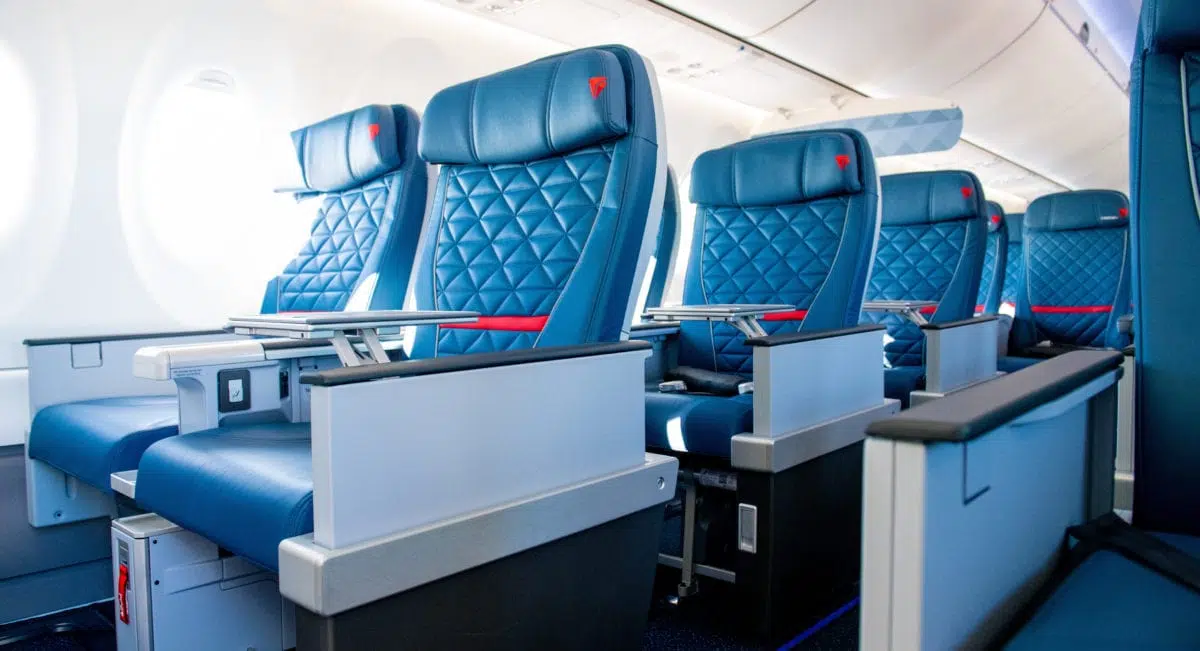

These higher-tiers of Medallion status also get the same perks as Silver and Gold members like priority check-in and boarding, free checked baggage, and earning more SkyMiles – but their seats choices and chances at an upgrade are far better. Complimentary upgrades to first class begin five whole days before departure and you can pick a Comfort Plus seat shortly after ticketing.
This means that you’ll almost always have a little extra wiggle room on your Delta flights, even if you’re not at the very front.
While all this sounds great and every traveler loves the idea of earning status and getting free upgrades, that loyalty can be expensive. Chasing status makes little sense for the average traveler … unless you take a few shortcuts, like the one we just outlined above.
Read more: Is Delta Status Really Worth It? All About Delta Medallion Status
Is It Worth It?
Alright, time to crunch some numbers and see whether or not this actually makes sense.
The cheapest combination of cards required to earn Silver Medallion status through the MQD Headstart benefit alone would include both the personal Delta SkyMiles Platinum Card and the Delta SkyMiles Platinum Business Card. Both of these card’s carry $350 annual fees (see rates & fees), meaning you’ll be on the hook for at least $700 in fees each year for your instant Delta status.
While it’s true that many people are eligible for business cards and don’t even realize it, this combination won’t be possible for everyone. If you aren’t able (or willing) to open a business card, you’ll need both the $350 SkyMiles Platinum and the $550 Delta SkyMiles Reserve cards to make this work. In that case, your out-of-pocket cost for the two cards and Silver Medallion status is now a whopping $900 per year!
So what does $700 (or $900) per year get you … besides status?
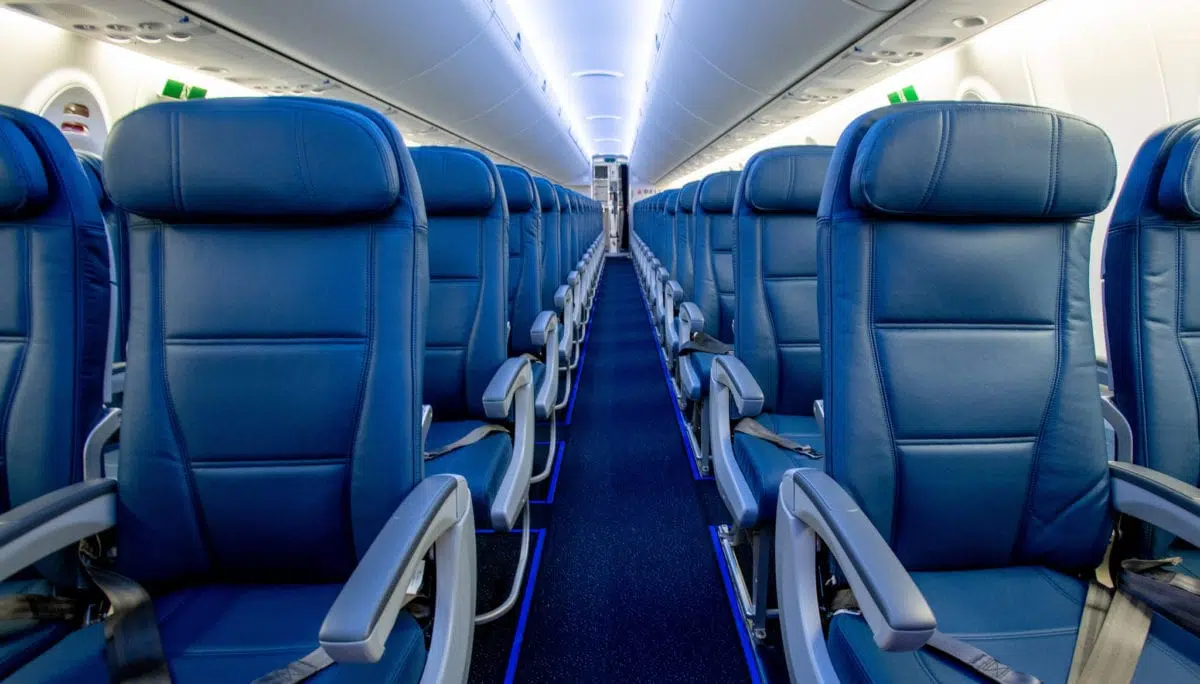

In typical Amex fashion, each of these SkyMiles credit cards come with use-them-or-lose-them statement credits to help justify their sky-high annual fees. Here’s what’s available on the personal SkyMiles Platinum Card:
Add it all up and you’ve got $390 worth of statement credits – more than enough to offset the annual fee. And that doesn’t even take into account all the other benefits that come with being a Delta cardholder, like getting your first checked bag for free, a 15% discount on SkyMiles award tickets, and an annual companion ticket, to name a few.
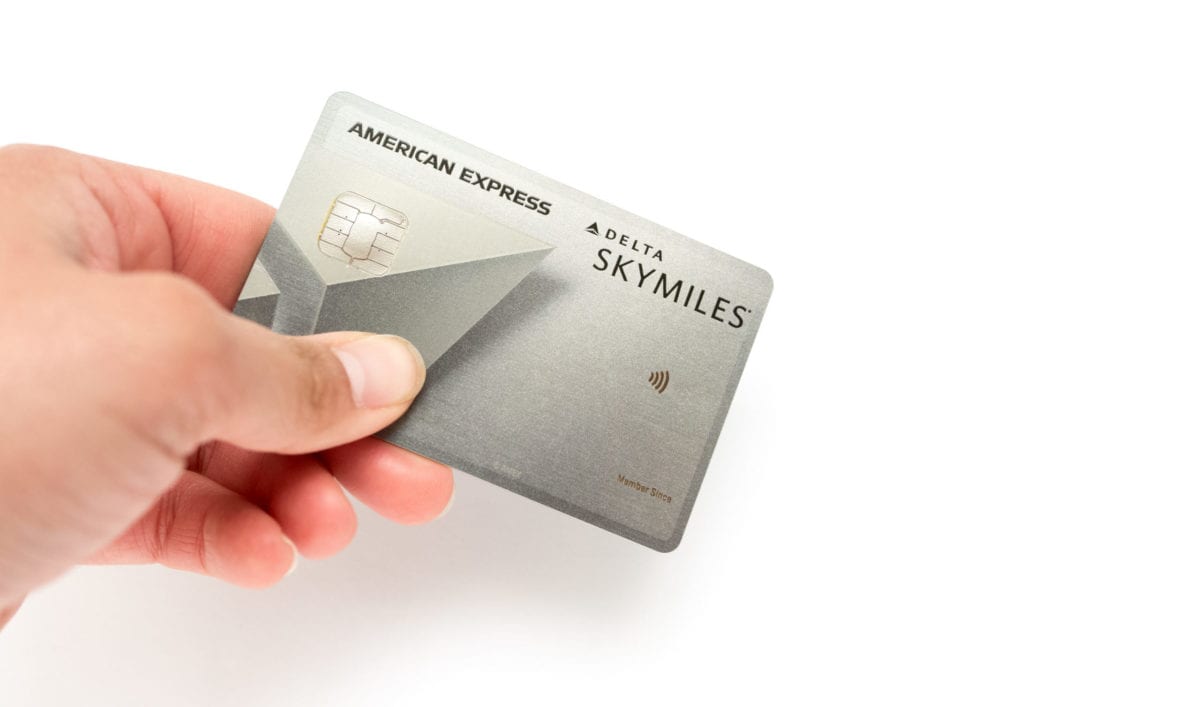

The SkyMiles Platinum Business Card comes with much of the same but the Delta Stays credit is worth an even greater amount – up to $200 annually – making the total amount of statement credits on that card worth a whopping $440 each year.
With the Delta SkyMiles Reserve Card you get much of the same … just on a greater scale.
Again, the total value of these statement credits trumps the cards the cards annual fee before considering any of the other benefits – many of which overlap with the other cards. There are a few that stand out, though.
With Delta’s top-tier Reserve Card, one of the biggest perks is complimentary Sky Club access when flying Delta. As things currently stand that access is unlimited, but come Feb. 1, 2025, you’ll be limited to 15 Sky Club visits per year, unless you spend $75,000 or more on your card in a calendar year. You also get four free guest passes and can bring up to two guests in at a time. After that, each guest visit will cost an additional $50.
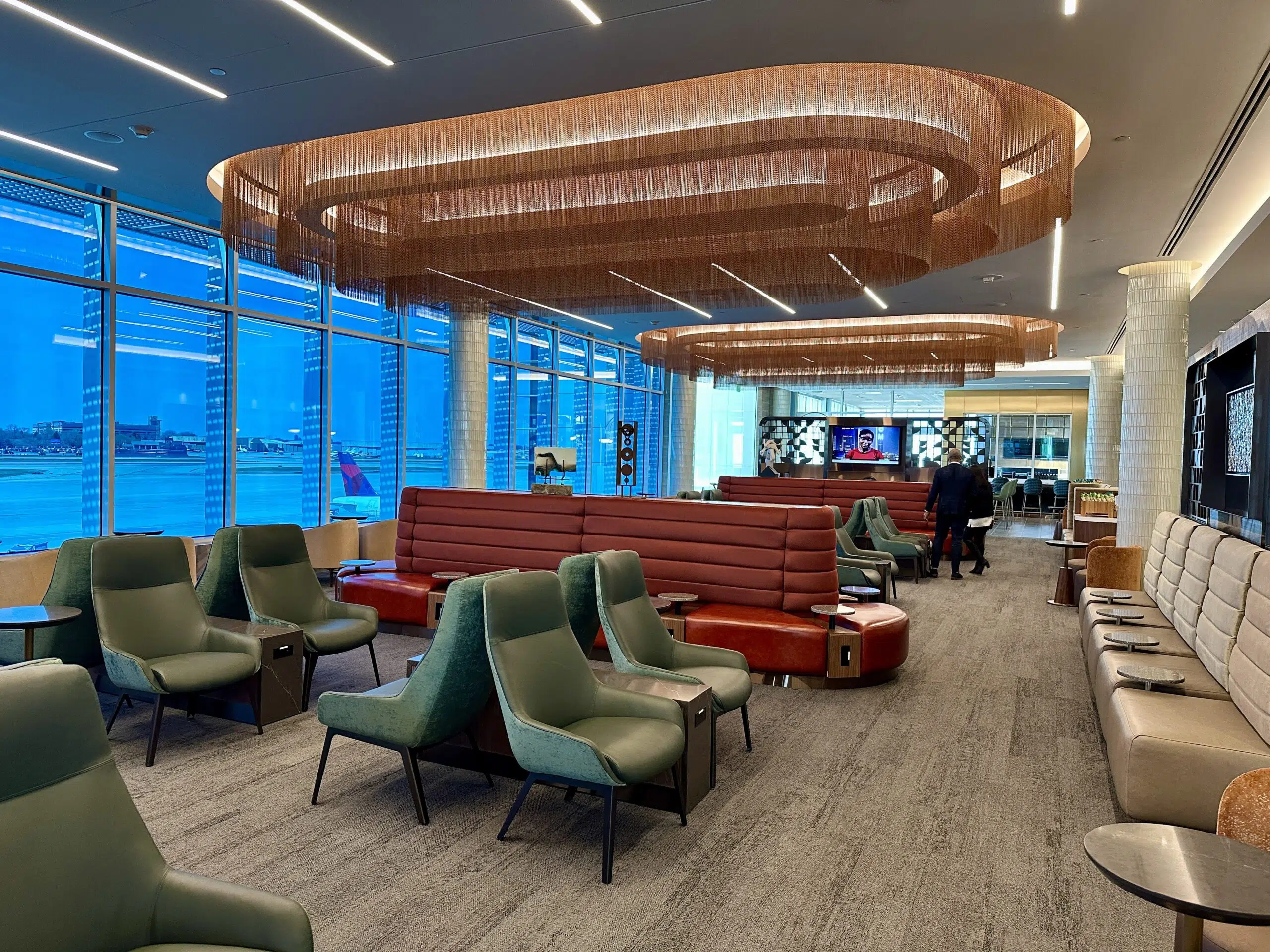

The Delta Reserve Card also gets you access to American Express Centurion Lounges when flying Delta, but theres a catch: You’ll need to have purchased your ticket with your Reserve Card in order to get in. Unlike Delta’s pending Sky Club changes, access to the Centurion Lounges remains un-throttled … so long as you can get in.
Related reading: How Amex Dropped the Ball with Centurion Lounges
Another thing that sets the Delta Reserve Card apart from the SkyMiles Platinum is its annual companion certificate. While the one you get with the Platinum card is only good for economy fares, the pass that comes with the Reserve Card also works for Delta Comfort Plus and first class tickets. If you’ve got both cards, you’ll get two companion certificates each year shortly after renewal, beginning in your second year with the card.
Likewise, the Delta SkyMiles Reserve Business Card comes with all the same benefits and perks as the personal version but its Delta Stays credit is the highest of all at up to $250 per year.
So for $700 (or $900) per year, you’re getting two companion certificates for BOGO flights (with some catches), over $800 per year in statement credits, and the all important Silver Medallion status. Deciding if that price tag is worth it will largely boil down to how well you can use the card’s statement credits and how often you fly Delta and can use your status. But for many travelers, having a couple of these high-priced Delta cards in your wallet will be an easy win.
Just be sure to crunch the numbers for yourself before deciding it’s the right move for you.
Read next: After 7 Years with Platinum Status, I’m Done Chasing Delta Medallion
Bottom Line
Delta makes earning low-level elite status easier than any other major U.S. airline – all it takes are two (expensive) credit cards. That’s right, for a minimum cost of $700 per year, you can get Delta’s lowest-tier Silver Medallion status without ever stepping foot on an airplane or spending a dime on Delta flights.
Whether or not you should do this will largely depend on how much you value the other perks that come with being a Delta cardholder but for many travelers, the answer is a resounding … maybe.



